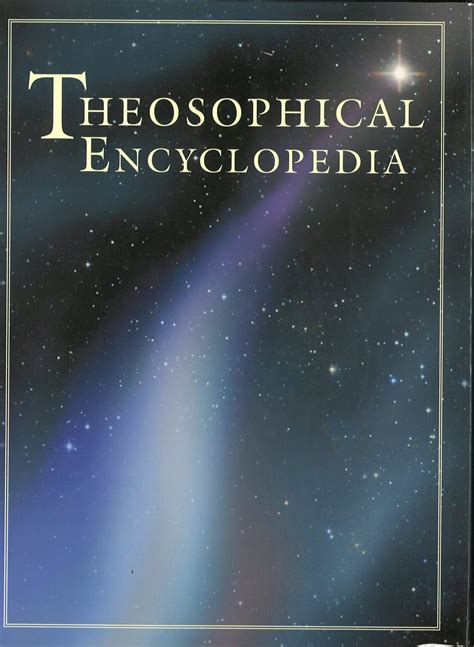A famous Hindu MANTRA regarded by Hindus as highly purificatory. The name is a feminine noun stem derived from the Sanskrit root ga (go, pursue, obtain, etc.). The Gayatri mantra, which is from Rg Veda 3.62.10, is also used for JAPA, audible or mental repetition of a mantra. It is also a subject for silent meditation. It is considered the most sacred of all Vedic mantras, repeated by devout Hindus at sunrise and sunset. The literal meaning of the word is “song” or “hymn,” but the term is also applied to its meter (24 syllables arranged in three lines of eight syllables each). The mantra is sometimes termed Savitri, i.e., dedicated to Savit, the sun god (Solar Logos in theosophical terminology), but it is also interpreted as referring to our own higher self (i.e., paramatman). Savit may, furthermore, be taken to refer to the creator, sustainer, and destroyer (or regenerator) of everything, i.e., Brahma, Visnu, and Siva. In transliteration, the mantra reads: Tat savitur varenyam / bhargo devasya dhimahi/dhiyo yo nah pracodayat which may be translated “Let us contemplate the effulgent splendor of the god Savit that he may inspire (or expand) our consciousness.”
According to the rules of Sanskrit prosody, the first line is defective, since it contains only seven syllables instead of eight. It is customary, therefore, to regard the last syllable niyam as two syllables, i.e., niyam to accord with metric rules. The final word (pracodayat, translated “he may inspire”) implies impelling forth or expansion, and is sometimes interpreted as wisdom, especially as wisdom concerned with the traditional four aims of human life (purusarthas), most particularly the fourth, moksa, freedom or liberation (from the cycle of rebirth). There are definite rules for teaching this mantra to disciples at the time of their sacred thread investiture ceremony (upanayana).
The mantra itself is deified and worshiped in the Sandhya rite (i.e., ceremony done at the juncture, sandhya, between day and night). It is customary to begin the mantra with the sacred syllable om (called pranava) and preface it with references to increasingly deep states of consciousness (i.e., bhur, bhuvar, suvar, janar, tapar, mahar om) and end with an invocation for peace (om santi, santi, santi). Sometimes yogic breath control (pranayama) is also used as prefatory practice. For further discussion about the Gayatri see I. K. Taimni’s monograph Gayatri (TPH, Adyar, 1974); also Sacred Books of the East, vol. 15, pp. 196-9; Sacred Books of Hindus, vol. XX, pp. 32-6, and The Wonder that Was India by A. L. Basham, pp. 162-3, 508-9.
R.W.B.
© Copyright by the Theosophical Publishing House, Manila
 This Theosophical Encyclopedia contains all the articles of the printed Theosophical Encyclopedia published by the Theosophical Publishing House, Manila. In addition, new articles that are not in the printed version are continually being added. Many of the articles are also being updated.
This Theosophical Encyclopedia contains all the articles of the printed Theosophical Encyclopedia published by the Theosophical Publishing House, Manila. In addition, new articles that are not in the printed version are continually being added. Many of the articles are also being updated.